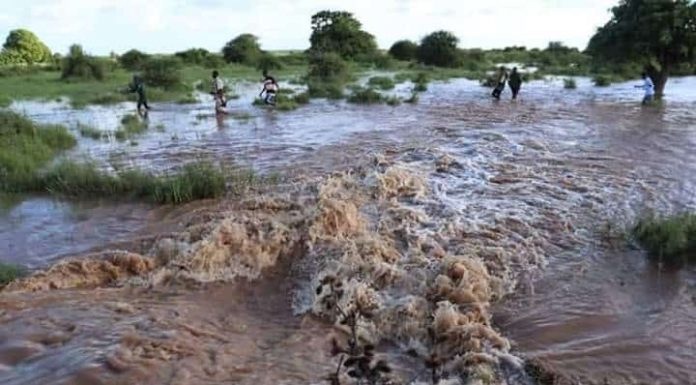MOGADISHU, Somalia – The Food and Agriculture Organization (FAO) of the United Nations said Monday its Somalia Water and Land Information Management (SWALIM) Unit is ramping up mitigation measures, including mapping out flood-prone areas ahead of the expected El Nino rains.
The FAO said its SWALIM has finalized the analysis and mapping of the river breakages along the Juba and Shabelle rivers using very high-resolution satellite imagery.
According to the FAO, breakages identified in the map have been classified into four different categories — open, overflow, canal flooding point and closed with sandbags. “The forecast El Nino season is likely to result in enhanced rainfall in Somalia and Ethiopian Highlands with high potential of flooding over the Juba and Shabelle rivers especially where open and potential points have been identified,” the FAO said in its update.
El Nino is a climate pattern that occurs every two to seven years, while the Indian Ocean Dipole is a climate pattern linked to sea surface temperatures in the ocean.
The FAO said it has identified several other points, which are either potential or temporarily closed with sandbags. “There is, therefore, an immediate need to close the open points and reinforce areas where there are weak river embankments. Intervening agencies are advised to take advantage of the current dry period until the rains start and carry out temporary or long-term measures to close the river breakages,” it said.
The UN agency said the measures will see a reduction in riverine flooding in case of heavy rains and consequently a massive reduction in economic losses to the country. It warned in August that riverine communities in Somalia are most at risk with an estimated 1.5 million hectares of land being at risk of flooding, stressing that anticipatory action can prevent the worst.
In addition to the very real humanitarian risks, the FAO said the anticipated heavy rainfall can be leveraged to support enhanced agricultural production and livelihood recovery.






